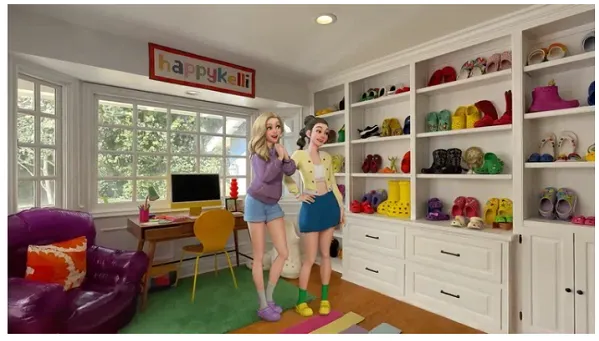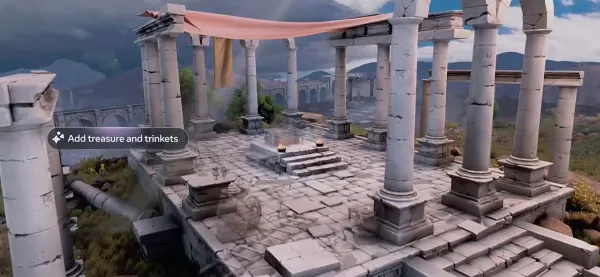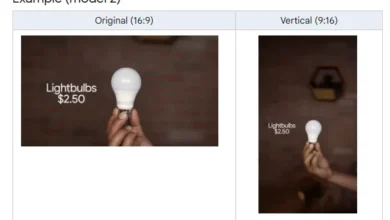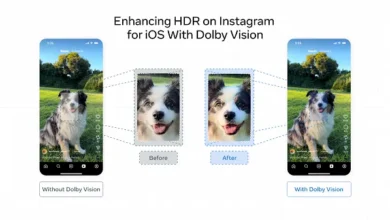Meta Advances Towards the Metaverse With New Creative Tools

Meta’s next-level metaverse push progressed a little more this week, with the addition of two new features that will help facilitate the creation of 3D environments, and will eventually enable you to speak entire VR experiences into existence.
In addition to the launch of its updated Segment Anything (SAM) process, including SAM 3D, which is able to render digital 3D objects based on still image depictions, Meta has also expanded access to its Hyperscape capture process, which can re-create real-world environments in a VR setting.

Originally previewed at Meta’s Connect event back in September, Hyperscape enables users to capture a physical space, by scanning it with the cameras built into the Quest headset. You can then transform that scene into an immersive, digital replica that your Meta avatar can interact within, via VR or on the Horizon mobile app.
And now, you can also invite other people, via their avatars, to join you in these 3D spaces.
As explained by Meta:
“Once your world is ready, hit the ‘invite’ or ‘share’ button to generate a link that you can share through Chats or any messaging platform, including via WhatsApp, Messenger, and Instagram. Up to eight people can join the same instance of the world right now, and we hope to increase that to more people in the future.”
So now, anyone with a newer model Quest headset, or the Horizon app, can log into your re-created 3D environment, which can be of any scene or place that you can scan in.
Meta CEO Mark Zuckerberg, for example, has scanned in a UFC octagon (because of course he has):
So now, you can easily create digital re-creations of real-world environments, which could form the basis for an expanding array of VR experiences.
And with SAM 3D, you can also add in 3D objects, while Meta’s Horizon Worlds Desktop Editor also enables you to generate 3D environments using conversational AI, adding another element to the process.

You can see, then, how this will contribute to wider adoption of Meta’s metaverse experience. The company’s metaverse push has seemingly been put on the back burner, after negative response to Meta’s early VR models, but Meta is still building for the next stage of digital connection, despite shifting its focus to AI of late.
That’s because Meta had already developed similar generative AI models as what OpenAI and others have made popular, it just hadn’t tagged them as “AI,” because these are not actually intelligent tools, they’re machine learning models, which Meta has been developing for over a decade.
As such, Meta shifted tack to focus on AI, as a means to maximize its opportunities, and fend off potential competition. But at the same time, these new generative AI models play into the bigger metaverse picture, by enabling more types of creation and interaction within VR environments.
Of course, this is all dependent on the adoption of VR headsets, and it still feels like we’re waiting for a killer VR application that will drive mass take-up. Meta’s VR experiences are growing, but as yet, there’s nothing that you have to experience in VR, there’s no games or apps or social elements that change the game, or elevate the experience enough to justify the cost for more consumers.
More people are buying Meta Quest units over time, but until there’s a truly mind-blowing, hype-generating experience, I suspect that many prospective buyers will hold off, knowing that the next Quest model is just around the corner, and they don’t need to buy one just yet.
But these tools will contribute to the bigger picture here, and by enabling users to create their own VR environments and experiences, Meta is expanding its opportunities to facilitate the development of that next-level thing that will make VR a bigger consideration.
It may not happen for a while yet, but it’s coming, and Meta’s right to maintain its focus on VR interaction as the next level of online activity. Because as kids who’ve grown up interacting via digital avatars in game worlds grow up, they’re going to feel more familiar with this experience, and that will be where the real metaverse opportunity takes shape.




